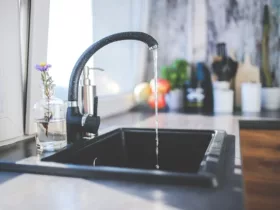Plants have been shown to improve air quality and reduce stress, which is why people love to keep them around the house. And while indoor plants are a welcome addition to any home, they can be difficult to maintain.
Troubleshooting tips for keeping your houseplants happy and healthy:
- Poor drainage. Plants that don’t drain properly tend not to develop their full potential and may not survive for long. Roots need oxygen to survive, and if they’re sitting in water for too long, the plant will start to suffer and eventually die. Be sure your pots have holes in the bottom so excess water can drain out of the soil.
- Watering from the top. If you want your houseplant to live a long life, never water from above! Watering from above can cause fungal diseases on leaves that are susceptible, and it’s also how mold develops. Instead, pour water into the soil when it feels dry at a depth of about an inch. Use a test stick or fork tine to check first; wet soil should be able to hold onto it without falling off.
Whether you’re a green-thumbed beginner or a gardening pro, there are easy ways to keep your houseplants happy.
Tend to your plants’ basic needs:
- Light. Most houseplants like bright, indirect light and need little direct sunlight. In very hot climates, some plants need shade during the hottest part of the day.
- Terrariums and other enclosed containers are ideal for plants that like humidity. Give them a light misting once or twice a week or place a bowl of water on the lower shelf.
- Temperature. Most houseplants prefer temperatures of 65 F to 75 F, but some require cooler temperatures — they’ll let you know by dropping their leaves if they’re too hot.
- Water. Houseplants don’t need as much water as outdoor plants and they can easily become overwatered — which can lead to root rot — so check pots often and only water when soil is dry 1 inch below the surface. If you use a saucer under your pot, empty excess water from it so it doesn’t collect at the bottom of the pot and cause root rot.























Leave a Reply